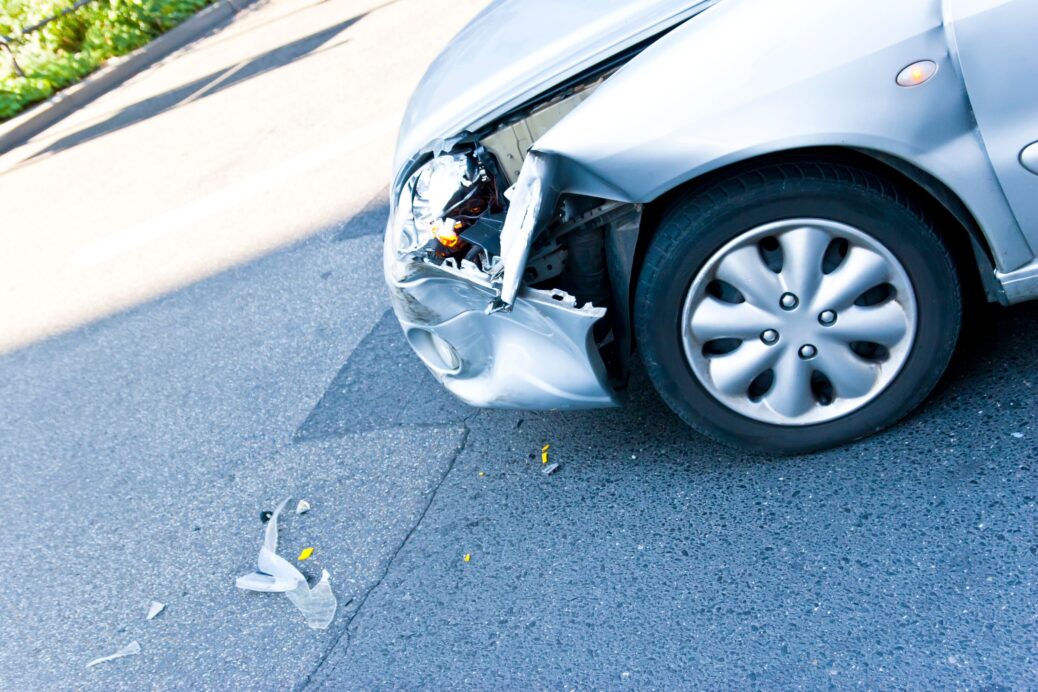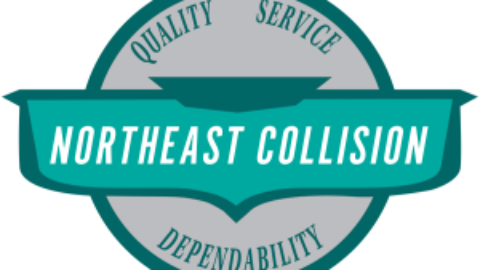A fender bender refers to a minor vehicular accident with characteristics such as minor damage, no serious injuries, and drivable vehicles. These accidents are common in situations where two vehicles collide at low speeds, resulting in minimal harm and damage.
Steps to Take After a Fender Bender Accident
After a fender bender accident, it is crucial to take several steps to ensure a smooth resolution. First and foremost, contact your insurance company immediately to report the incident and initiate the insurance claim process. Provide them with the necessary details, such as the date, time, location, and a description of the accident.
1. Check Yourself for Injuries
Following a car accident, it is essential to check yourself for injuries to ensure your well-being. Begin by assessing your body for any pain or discomfort. Pay close attention to areas like the neck, head, and back, as these are common sites for injury. Check for immediate symptoms that may indicate injury, such as severe pain, swelling, or visible bruising.
After addressing immediate concerns, it is important to recognize that some symptoms may not appear immediately but instead manifest later on. Therefore, it is crucial to monitor yourself for any delayed symptoms that may arise. For example, whiplash, a common injury following a car accident, may present symptoms like neck stiffness, headaches, or dizziness within the first few days.
To effectively monitor for the delayed symptoms, regularly assess your body for any changes or abnormalities. Additionally, pay attention to new or worsening pain, numbness or tingling in extremities, blurry vision, or difficulty concentrating. If these symptoms present, it is essential to seek medical attention promptly, as they may indicate underlying injuries.
2. Check on the Well-Being of Your Passengers
After a fender bender, it is crucial to immediately check on the well-being of your passengers. This is of utmost importance as even seemingly minor accidents can cause underlying injuries or trauma. By promptly assessing their condition, appropriate actions can be taken to ensure their safety and well-being.
Immediately call emergency services or ask a bystander to do so. It is important to remember that although injuries may not be apparent initially, they can develop over time, so it is always better to err on the side of caution and call for professional medical assistance.
3. Get to Safety
If you find yourself involved in a fender bender, you should move the cars involved to a safe location.
This is important to prevent any further accidents or traffic congestion. If the vehicles are still operable, move them to the side of the road or a nearby parking lot. Turn on your hazard lights to alert other drivers of the accident.
4. Stay Calm
During a motor vehicle accident, it is of utmost importance to stay calm and composed, regardless of the circumstances. By maintaining a sense of composure, individuals can better control their emotions and limit their legal liability.
Staying calm in the aftermath of an accident is crucial as it allows individuals to think clearly and make sound decisions. Reacting emotionally may cloud judgment and prevent individuals from taking appropriate actions to ensure their safety and the safety of others involved. Remaining calm also helps to avoid further escalating a potentially tense situation, which could potentially lead to more severe consequences.
5. Exchange Information
When involved in an accident, it is crucial to exchange essential information with the other driver(s) to ensure proper documentation and communication with insurance companies.
- Contact Details: Begin by providing your name, phone number, and address.
- Insurance Policy Information: Share your insurance company’s name and policy number with the other driver(s). Obtain the same information from them to establish contact between the insurance companies.
- Driver’s License Information: Exchange driver’s license information to verify the identities of all involved parties. Provide your driver’s license number and state of issue to the other driver.
- Vehicle Description: Describe your vehicle to the other driver(s) involved in the accident. Include details such as the make, model, color, and license plate number.
- Accident Location: The accident location is crucial for insurance claims and any potential legal proceedings. Clearly describe the accident location to the other driver(s). Take note of street names, landmarks, or nearby addresses to accurately relay the information.
6. Call Your Insurance Provider
Promptly contacting your insurance provider after a car accident is of utmost importance, irrespective of fault. Insurance policies require policyholders to report any accidents they are involved in promptly. By adhering to this requirement, you can avoid potential complications, such as denial of coverage.
After reporting the accident, the insurance company will guide you through the claim process. This typically involves fulfilling certain requirements, such as completing claim forms and providing documentation, such as police reports and medical records, as necessary. The insurance provider may also arrange for an adjuster to evaluate the damages and determine fault.






